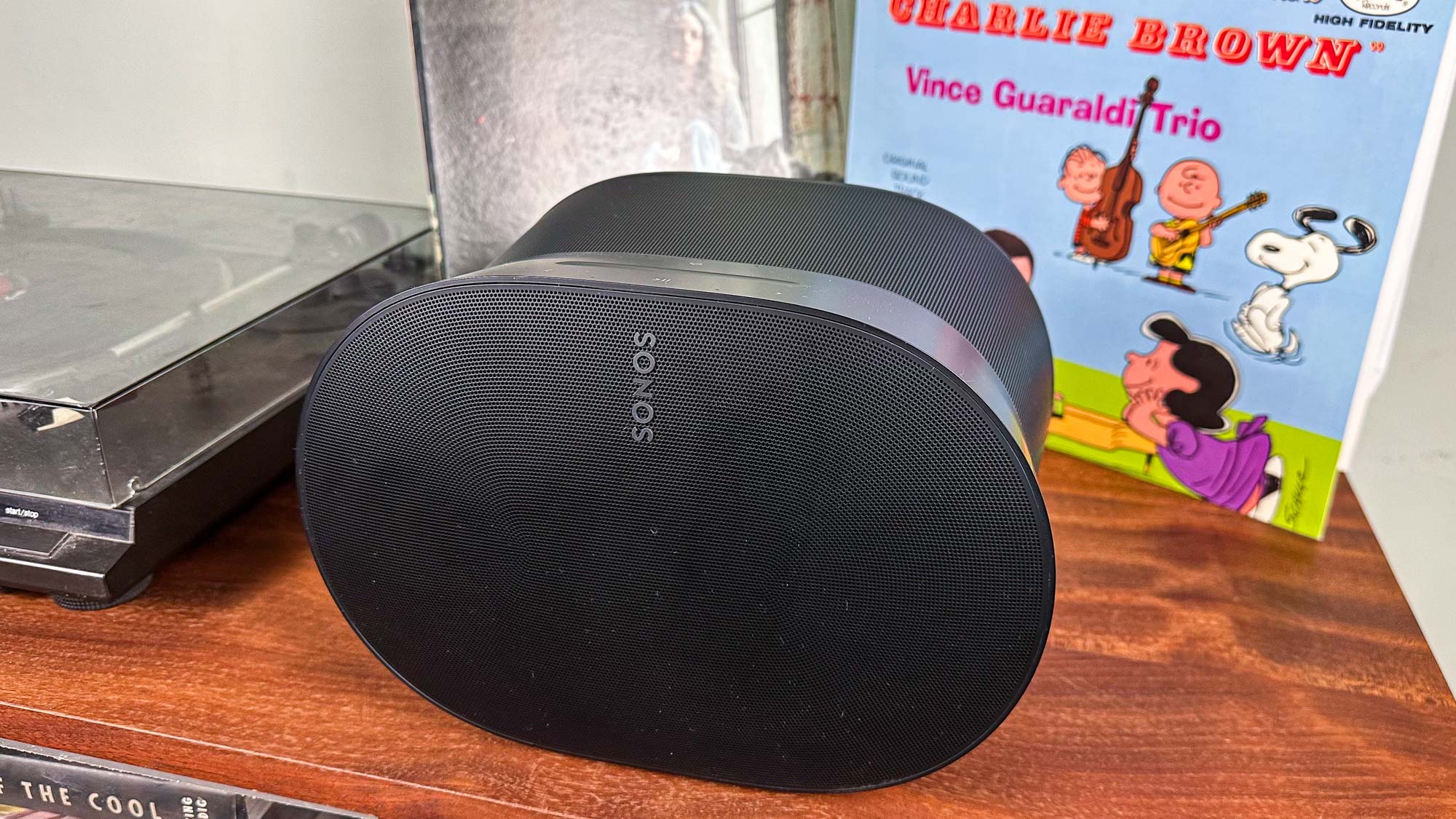
Price: $449 / £449 / AU$749
Size: 6.3 x 10.2 x 7.3 inches
Weight: 9.9 pounds
Speakers: 4 tweeters, 2 woofers
Wireless: 802.11x Wi-Fi, Bluetooth 5.0, Airplay 2
Ports: 1x USB-C
How deep do you want to get into your music? Do you want it to wrap you like a warm blanket, enveloping your body in sound? Do you want it to sound like your favorite artist is playing right in front of you?
The Era 300 is only the second of Sonos’ products that supports Dolby Atmos, a technology that enables speakers to produce sound as if audio was coming at you from left, right, and above. It helps to create a more immersive environment when listening to music, and allows artists to record their music in such a way that it seems like you’re in the room with them.
On top of that, the Era 300 has everything else that Sonos’ smart speakers are already known for: the ability to stream music from dozens of streaming services; the ability to connect to other Sonos speakers for whole-home audio; and built-in support for Alexa. Now, in addition to spatial audio, the Era 300 also boasts Bluetooth and the option to serve as a speaker for your turntable.
For this Sonos Era 300 review, I played dozens of tracks to see how it would fare against some of the best smart speakers on the market today. Read on to see if the Era 300 is right for your home.
Sonos Era 300 review: Price and availability
The Sonos Era 300 will cost $449 / £449 / AU$749 goes on sale on March 28 through the Sonos website, and is available in black or white.
The Era 300 sits between the new Sonos Era 100 smart speaker ($249) and the continuing flagship Sonos Five ($549) premium speaker.
Sonos is also offering discounts if you purchase more than one Era 300; a pair will cost you $853, a savings of $45. Two Era 300s and a Sonos Arc soundbar cost $1,717, which saves you $80 off the price of purchasing them separately. And, if you want to go nuts, two Era 300s, an Arc, and a Sonos Sub cost $2,471, which is $125 less than their individual price. Not a huge savings, but it’s something.
Sonos Era 300 review: Design
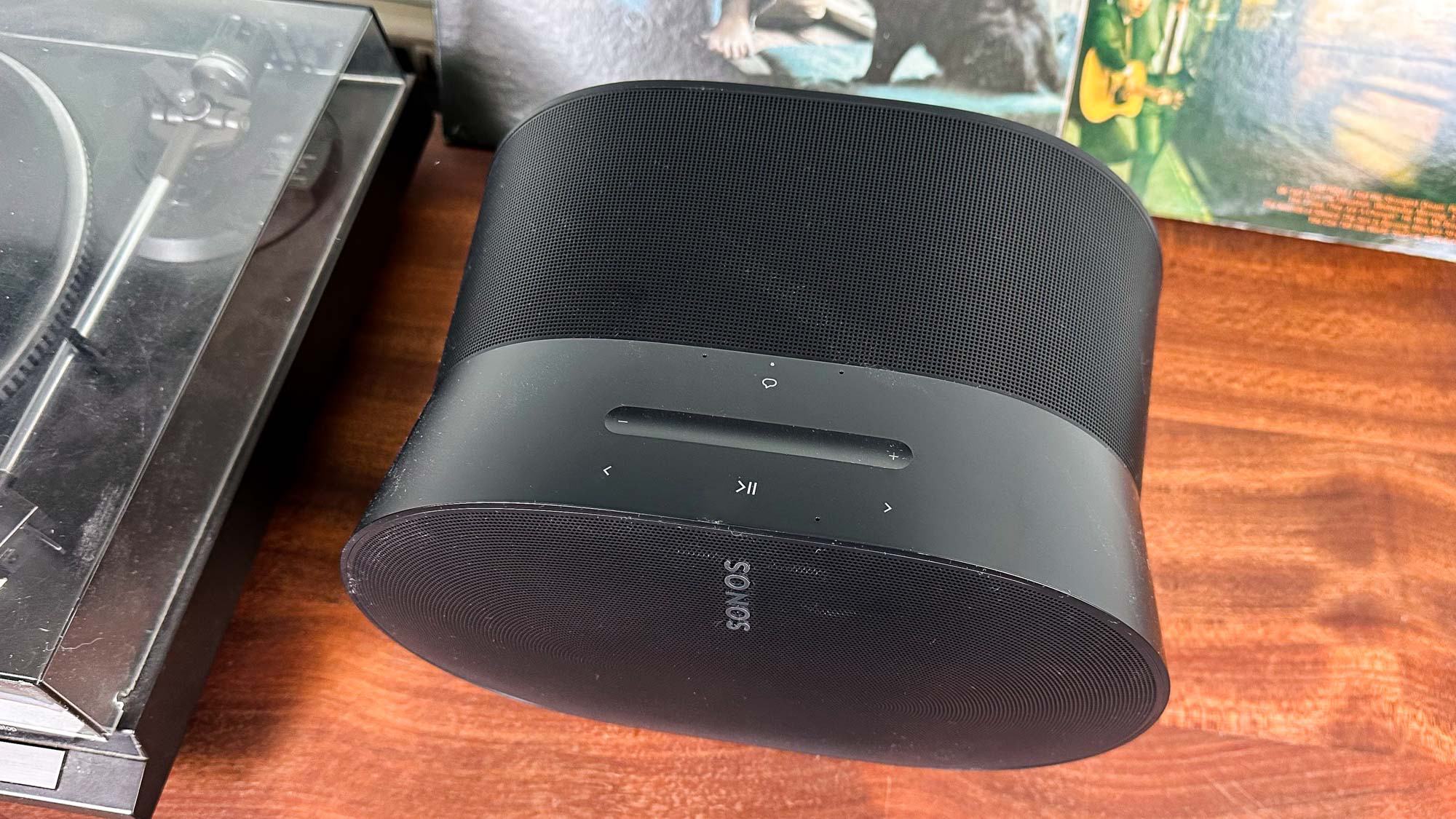
The Era 300’s hourglass shape certainly sets it apart from other speakers, but the design is more than just aesthetics. It allows its six speakers (two woofers and four tweeters) to deliver the most effective audio in a room. One tweeter is directed forward, one towards the ceiling for spatial audio, and the remaining two are angled left and right to support stereo playback. The two woofers are also angled to the left and right.
On the top of the Era 300 are several touch-sensitive controls: A play/pause button is flanked by buttons to advance and go back. Just above these is a small groove that lets you raise and lower the volume simply by sliding your finger; it’s wonderfully intuitive. I prefer this setup (and the similar controls on the Era 300) to the older Sonos One and the Apple HomePod 2, which require you to double- or triple tap to change tracks. It’s a lot easier to understand, especially if you’re unfamiliar with the speaker’s controls. Also on the top is a button that activates the Era 300’s voice assistant.
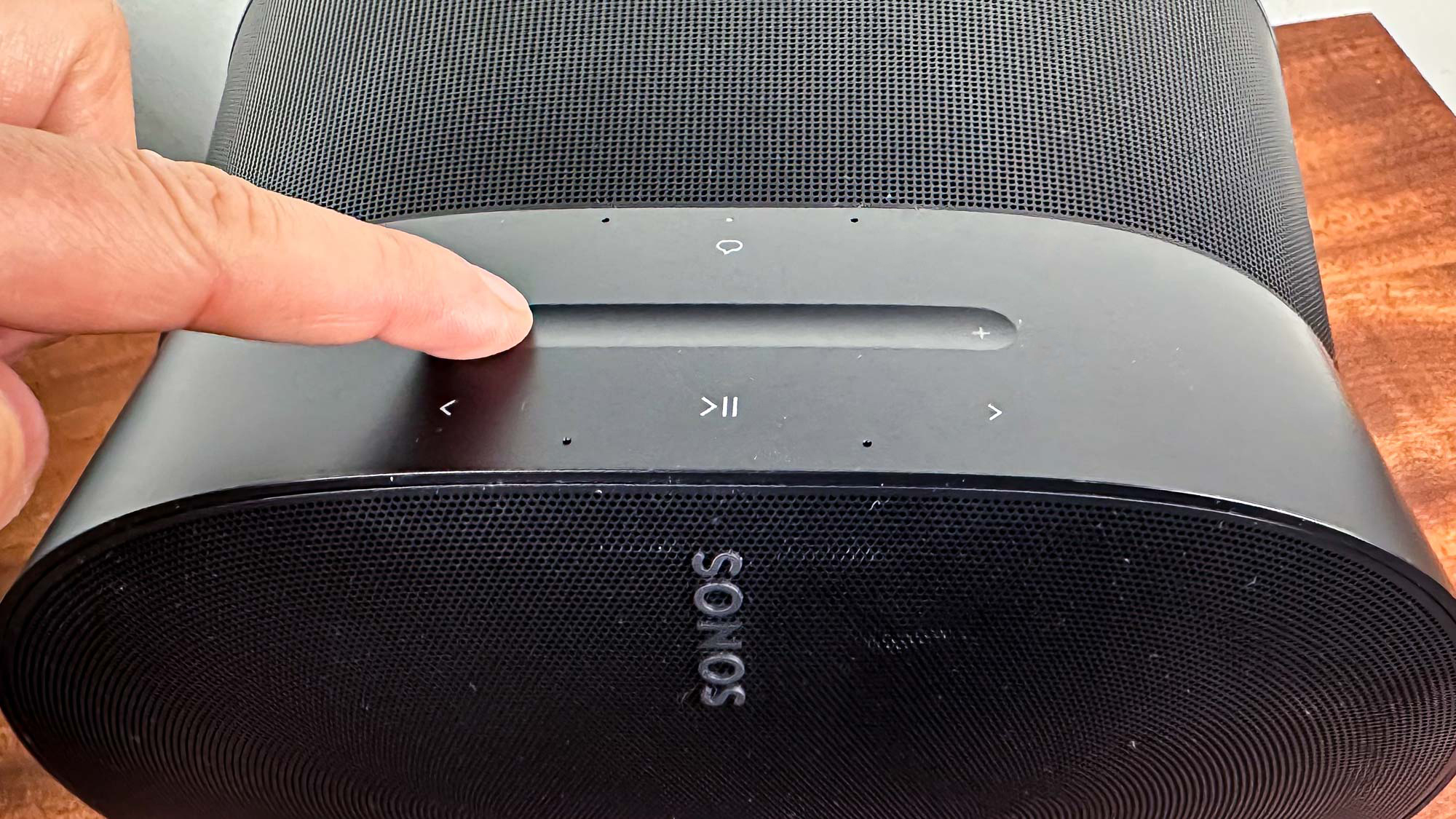
Around the back of the Era 300 is its plug for power, a button to activate Bluetooth pairing, and a switch to turn the Era 300’s microphones off — for those times you don’t want Alexa to listen to you. It’s something I wish Apple had added to its HomePod 2.
Also on the back is a USB-C port, to which you can connect an adapter for Ethernet or a 3.5mm line-in. A combo Adapter providing Ethernet and 3.5mm line-in connectivity costs $39.99, while a USB-C Line-In Adapter costs $19.99.
Measuring 6.3 x 10.2 x 7.3 inches, and weighing 9.9 pounds, the Era 300 is relatively compact — it’s a little bit smaller than a standard bookshelf speaker. However, because of its design, the Era 300 has to be placed horizontally. Two small screw holes in the bottom of the speaker allow you to attach it to a stand.
Sonos Era 300 review: Sound quality
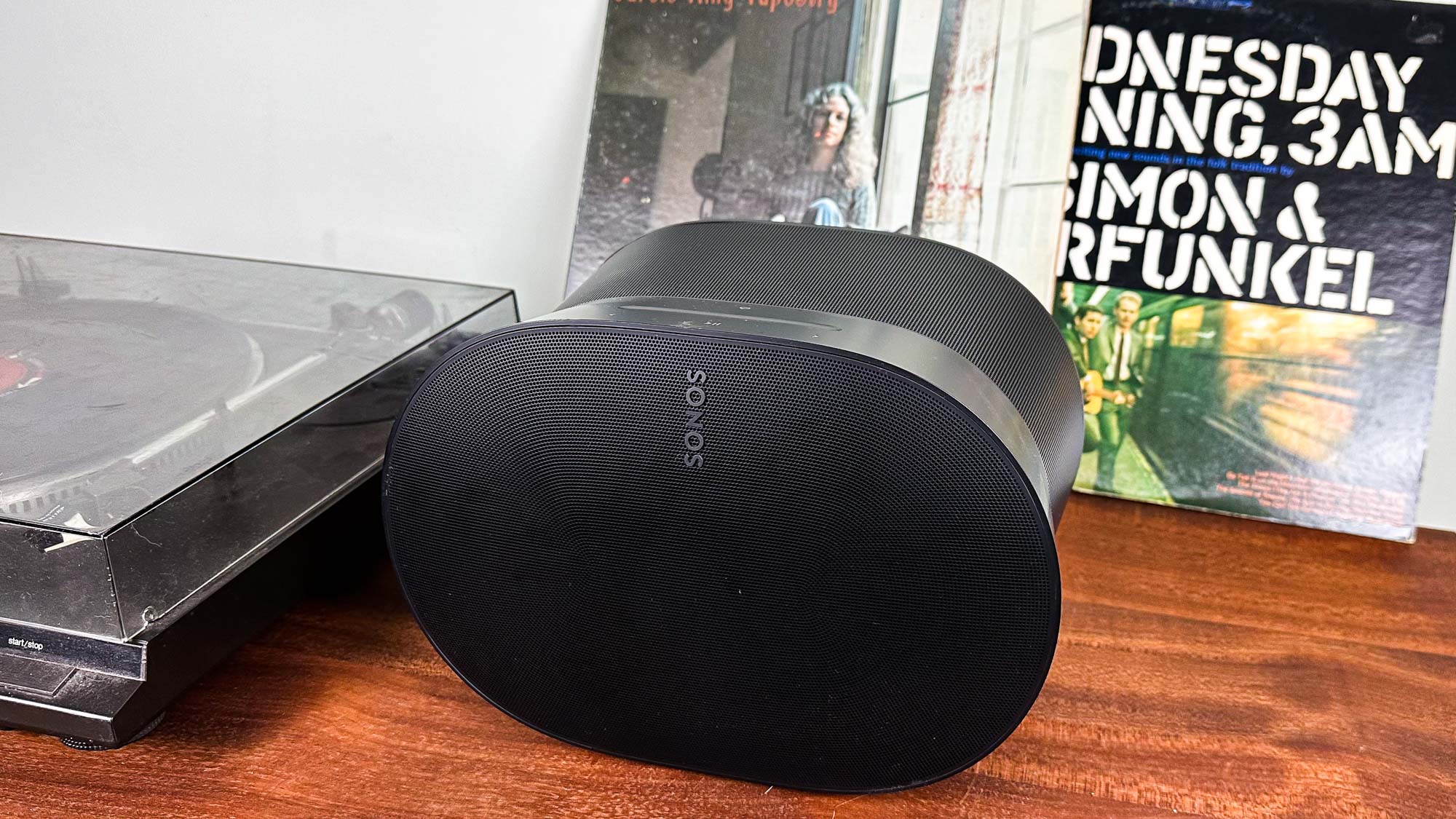
I’ve used a Sonos One for years as my main speaker when playing music, and I was never disappointed in it until I heard the Sonos Era 300. While the Sonos One — and its successor, the Sonos Era 100 — are both excellent speakers, the Sonos Era 300 really elevates tracks above them. It should be no surprise, as the Era 300 has twice as many speakers as the Era 100.
For the most part, I played Dolby Atmos tracks on the Era 300 to test its spatial audio capabilities. At launch, you’ll be able to play Dolby Atmos songs through Amazon Music Unlimited ($11.99/month) and Apple Music ($10.99/month); the latter is being added as of March 28. Hopefully, Sonos will soon add support for more music services such as Spotify.
You can find spatial audio tracks in both the Apple Music and Amazon Music apps, but not without some doing. Within the Sonos app, you have to search for “Spatial Audio” and select “Playlists” to get curated lists of music by genre in Apple Music. Via Amazon Music, select Songs, Albums, or Artists to get the widest selection.
Luckily, if you're an Apple Music subscriber, there's now a way to automatically find out which of the tracks and albums in your music library are also available in spatial audio without having to carry out lengthy searches of your favorite artist's back catalog. It costs $3.99 / £3.99 via the iOS app store — but if you don't want to pay, you can follow the developer's Twitter account to keep track of new spatial audio releases.
The difference between a Dolby Atmos-enabled song and one that lacks spatial audio can be really staggering. For instance, Rihanna’s vocals in “Lift Me Up” were clear and present in the middle of the room, while it seemed like the instruments were off to one side or the other. Bass on this track was exceptionally clear, too, filling my living room without muddying anything. A non Dolby Atmos version of the same song still sounded great, but it felt a lot flatter.
For kicks, I also played the same track on two Apple HomePod 2 speakers set up as a stereo pair, and found nearly similar results; it was even a bit more immersive, owing to the fact that I was using two separate speakers. However, it took the combined power of two HomePods to rival one Sonos Era 300.
When I played the Atmos-enabled “I’m Still Standing” by Elton John on the Era 300, the bass line was more driving, and had a new urgency to it that I hadn’t heard before. Elton’s voice was more forward on the HomePod 2, but there was less of the urgency in the bass.
M.I.A’s “Marigold” really takes advantage of spatial audio; the chorus and echos really seemed to float around my living room like an ethereal spirit.
I played a few spatial audio tracks recommended by Sonos, including a 2019 mix of “Come Together” by the Beatles. Ringo’s drums really stood out - I could feel the space between the separate pieces of his drum kit. I also played the same track on a pair of HomePod 2’s - there was similar separation between the drums, but John Lennon’s voice sounded like it was coming through a metal tube.
M.I.A’s “Marigold” really takes advantage of spatial audio; the chorus and echos really seemed to float around my living room like an ethereal spirit. I hope more music is mixed like this in the future.
In general, I found the Era 300 to produce a more precise sound than the HomePod 2, but the latter tended to be warmer. Etta James’ voice on her classic “At Last” was crisp and clear on the Sonos speaker, but there was a softness on the HomePod that lent it a bit more warmth.
One neat trick with the Era 300 is that you can adjust the height level of the spatial audio to give a more immersive effect to the music. However, even with the height level set to 10, I didn’t notice much of a difference.
Sonos Era 300 review: Features
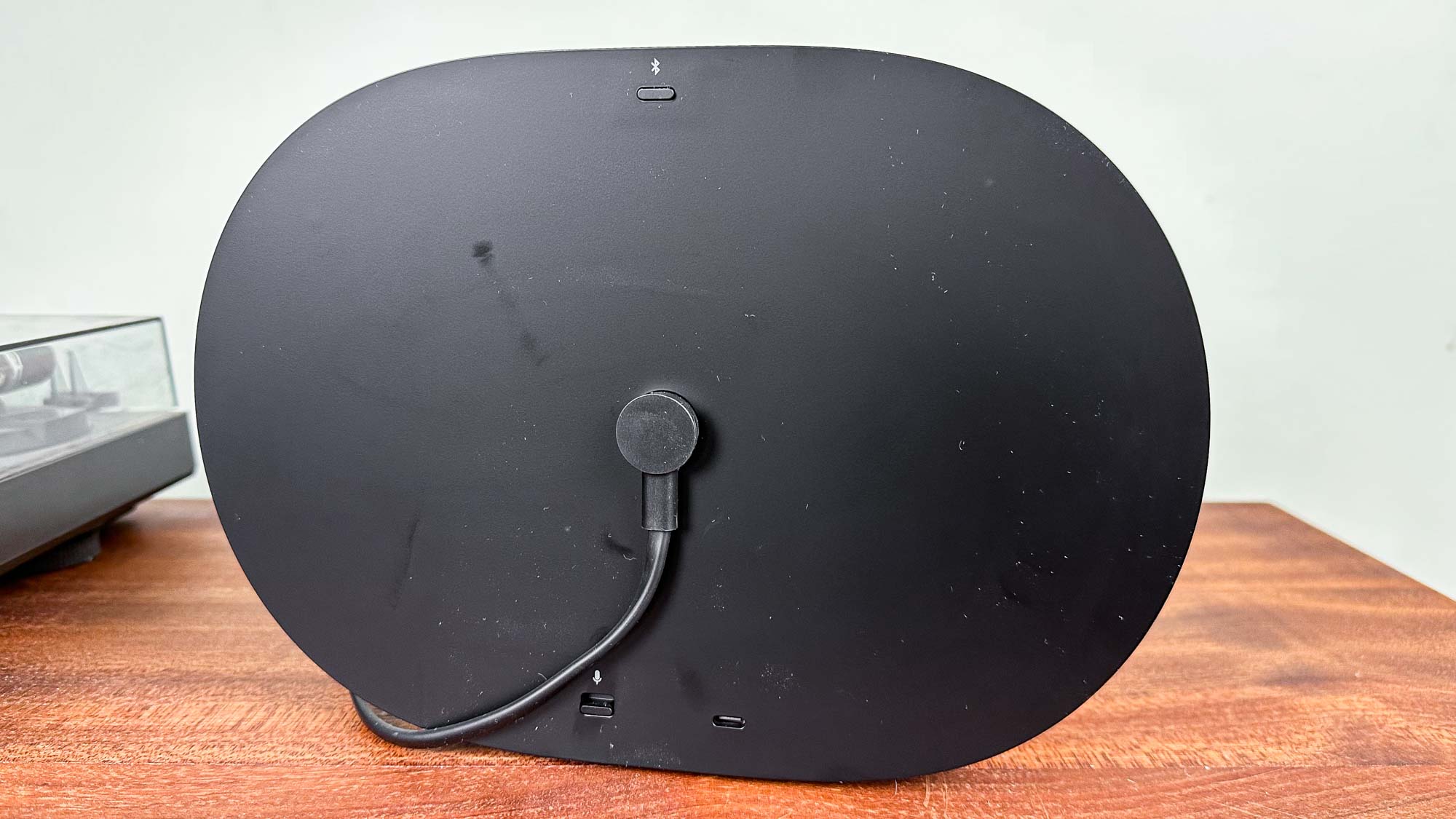
If you want to skip Ethernet, the Sonos Era 300 comes equipped with Wi-Fi 6, Airplay 2, and finally, Bluetooth, which will make it easier for your guests to stream music from their phones to your speaker. I also like that the Era 300 has Wi-Fi 6, so that it’s future-proofed to some extent. The recently released Apple HomePod 2, for instance, still uses Wi-Fi 5.
The Era 300 can be configured to work as a smart speaker if you connect it to Alexa; the older Sonos One also works with Google Assistant, but that’s not available on Sonos’ newest generation of smart speakers, most likely due to the ongoing patent litigation between the two companies. You can also use Sonos’ own smart assistant, Sonos Voice Control, though this only allows you to control music playback.
I like that you can plug the Era 300 directly into a turntable (albeit with an adapter). Because the Era 300 has Bluetooth, you can technically connect it to your TV and use it as the audio-out, but you won’t be able to take advantage of its spatial audio capabilities unless you first connect it to a Sonos soundbar for a truly impressive (and expensive) home theater. While Apple locks you into its ecosystem, I like that, with the HomePod 2, you can use it as the audio output for an Apple TV device.
Sonos Era 300 review: Verdict
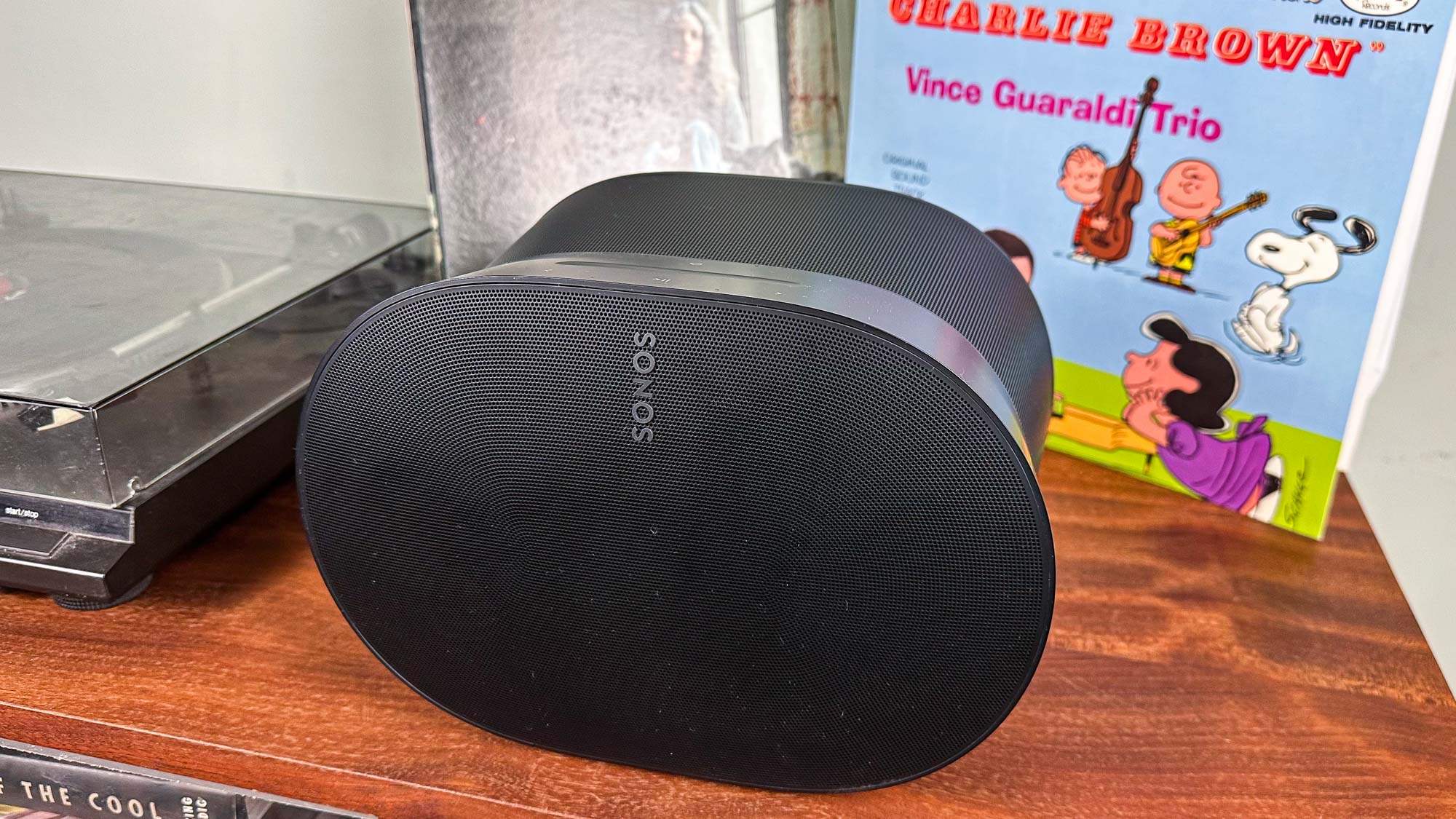
The main objective of any music artist is to have their song travel from their mouth into a microphone, into a recording device, on to some sort of storage medium, into some machine to play it back, and into a speaker so that what you hear is as close to possible as them playing it live in front of you. The Sonos Era 300 gets you a few steps closer to the real thing. Because of Sonos’ pedigree, it’s one of the most versatile smart speakers around, even if it doesn’t have the ability to work with Google Assistant.
Most casual listeners who want a smart speaker will probably be satisfied with the Sonos Era 100; it also sounds great, and takes up less than half the size of the Era 300. However, the Era 300 is a good entry point for those who want spatial audio but want something more compact and less expensive than Sonos’ Arc soundbar.
But, there’s my main quibble with the Era 300 — you can’t take advantage of its spatial audio capabilities when watching movies, as you can with the HomePod 2. But if your primary aim is listening to music, then the Era 300 will make your music sing.







